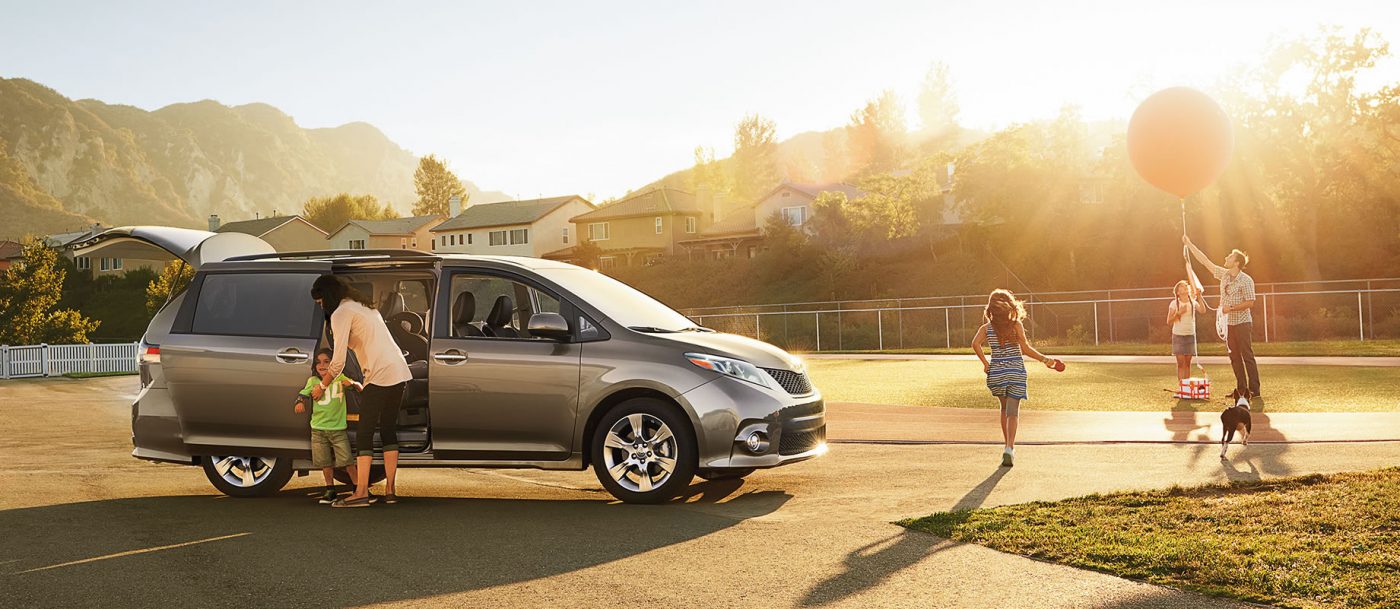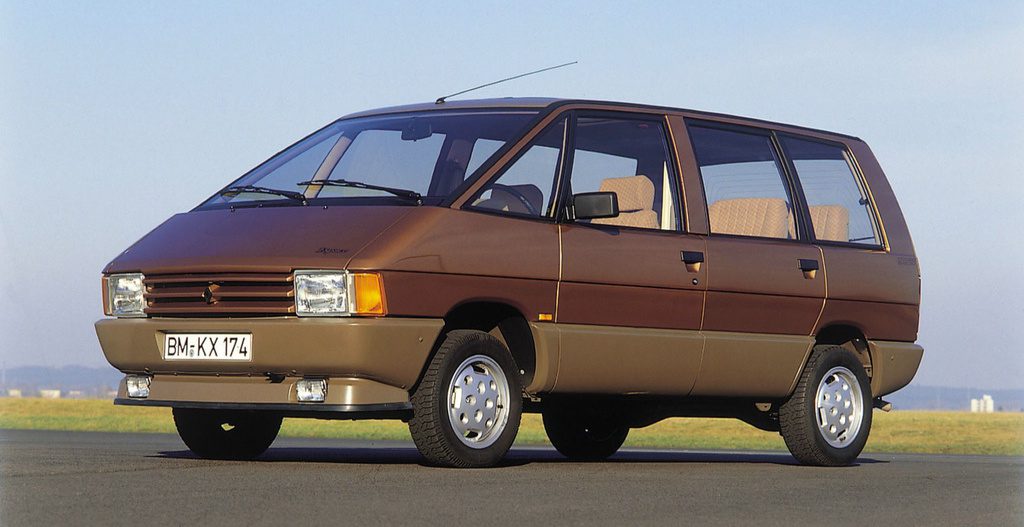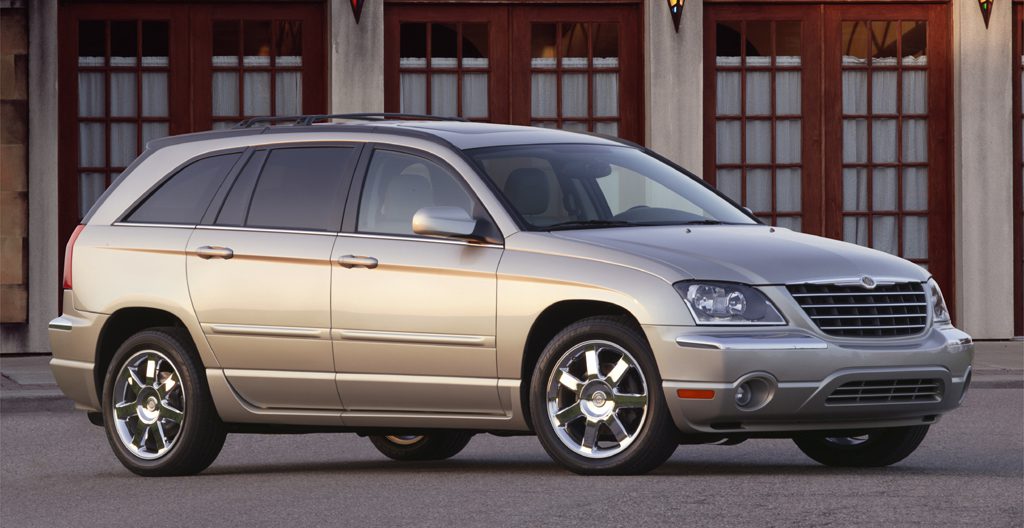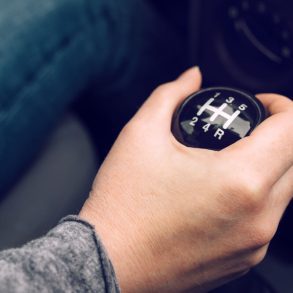Recently I’ve been looking to buy a car capable of carrying more than the usual five passengers, which got me thinking about the way this market has developed over the past few decades, and how it will change in the future. However, rather than spend time retreading the topic that’s been covered thousands of times, namely the history of the minivan and SUVs, I want to focus on the the interesting efforts by carmakers to offer those looking for space something genuinely new and potentially market-changing. In the first of a series of articles, I look at the brief history of the family-haulers, and then dive into the American experience of looking for the middle ground between the unsexy minivan and the gas-guzzling and compromised SUVs.
A bit of history
The modern minivan came around in the early 1980s in the shape of the Dodge Caravan and Renault Espace, with most other manufacturers getting in on the action in the 1990s. At the same time, the traditional SUVs were gathering pace in the US, and eventually overtook the minivan in sales terms in 1994. While at first only the largest of these body-on-frame SUVs offered a 3rd row (Chevrolet Suburban/GMC Yukon XL in the US, Mitsubishi Pajero elsewhere), eventually more and more did, with the likes of Ford Explorer Mk II, Chevrolet TrailBlazer EXT and Land Rover Discovery achieving considerable success.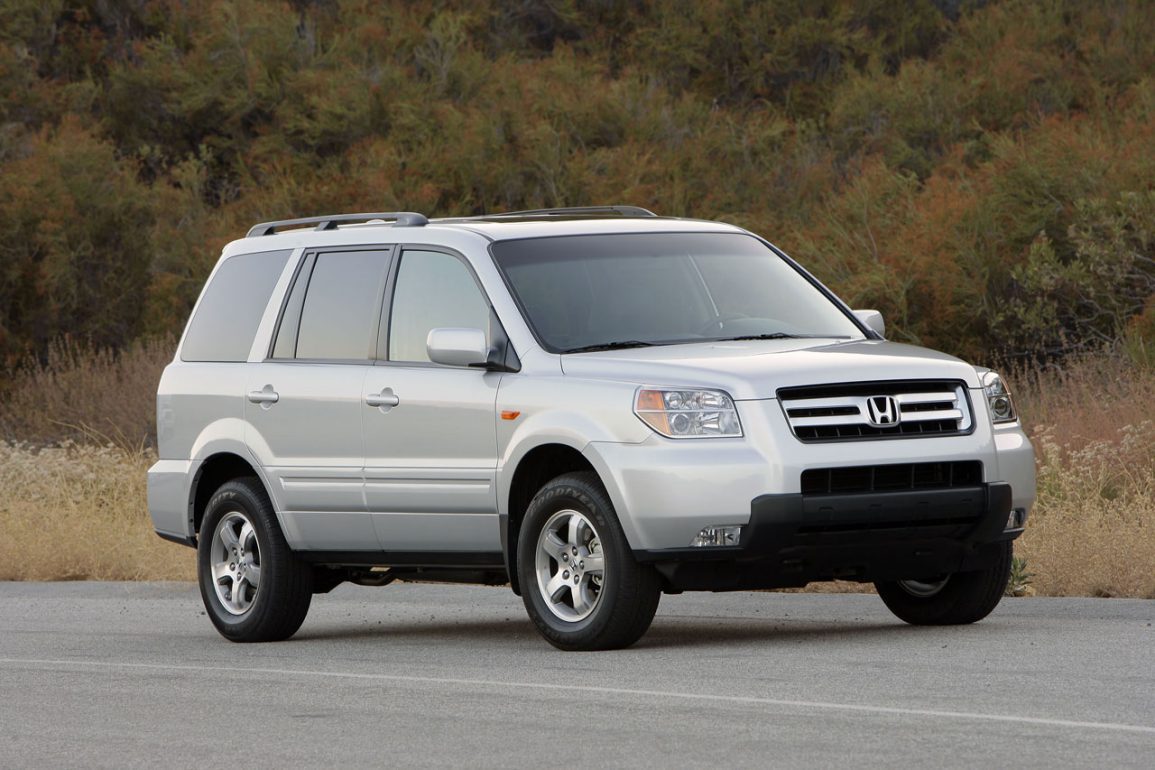
But it was the modern seven-seat crossover that proved to be the real game-changer, offering much of what drew customers to SUVs (butch looks, lofty driving position, feeling of safety) with more spacious interiors, as well as better fuel economy, refinement and road manners. A segment started by the likes of Honda Pilot and Toyota Highlander, the three-row crossover is now the default family vehicle in the US, though popularity of such cars in Europe is limited due to their considerable size.
The battle and defeat on the middle ground
As more and more manufacturers entered the market for seven-seat crossovers in the early 2000s, some carmakers took a step back and dared to ask the question “Can we do better than this?”. Interestingly, each one tried a slightly different approach: the 2003 Chrysler Pacifica use a heavily-modified planform from the Chrysler Town & Country/Dodge Grand Caravan, the 2006 Mercedes-Benz R-class and 2009 Ford Flex were both twinned with sibling crossovers (second generation M-class and third generation Ford Explorer, respectively), while the 2009 BMW 5-series Gran Turismo (GT) was based on an extended 5-series platform. The goal of these cars was to offer the best of all worlds: the space of a minivan, the appeal of an SUV/crossover and efficiency of a lighter mainstream car.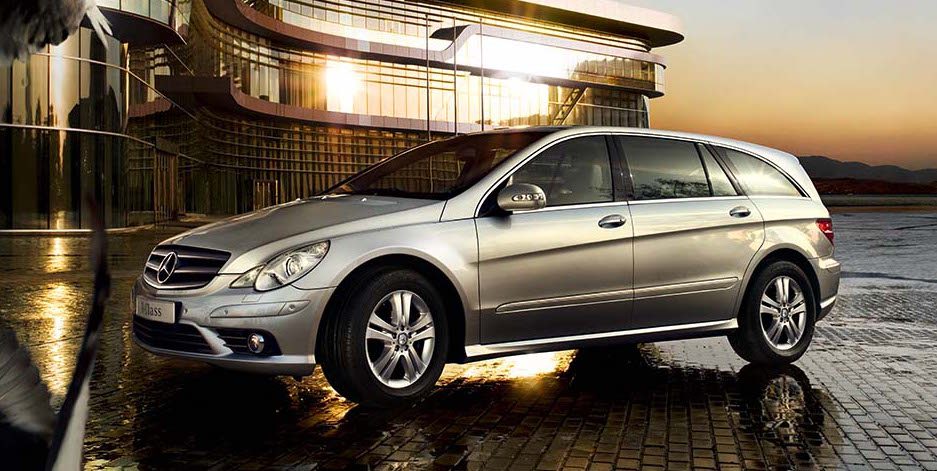
In the end, though, none of them achieved great success with the buyers. The Pacifica probably did best, achieving sales of almost 100,000 in 2004, a quarter of the combined sales of Chrysler and Dodge’s (segment-leading) minivans at the time. Sales started falling after that, but what probably did the Pacifica in was the fact that Chrysler actually lost money on every single one sold, as the Pacifica had little commonality with other cars sold by the manufacturer. The R-class too started off well, with over 18,000 sales in 2006 compared to the M-class’ 31,000 sales, but the drop thereafter was much steeper than for the Pacifica: annual sales fell to below 3,000 in 2009! Clearly both the Pacifica and R-class caught the imagination of buyers early on, but once the novelty of the concept wore off people soon turned away. It probably did not help their case that both cars showed how hard it is to walk the middle line, offering the uninspiring driving experienced of the Chrysler minivan / M-class, but without the butch looks of an SUV (though I will admit I do have a soft spot for the R-class).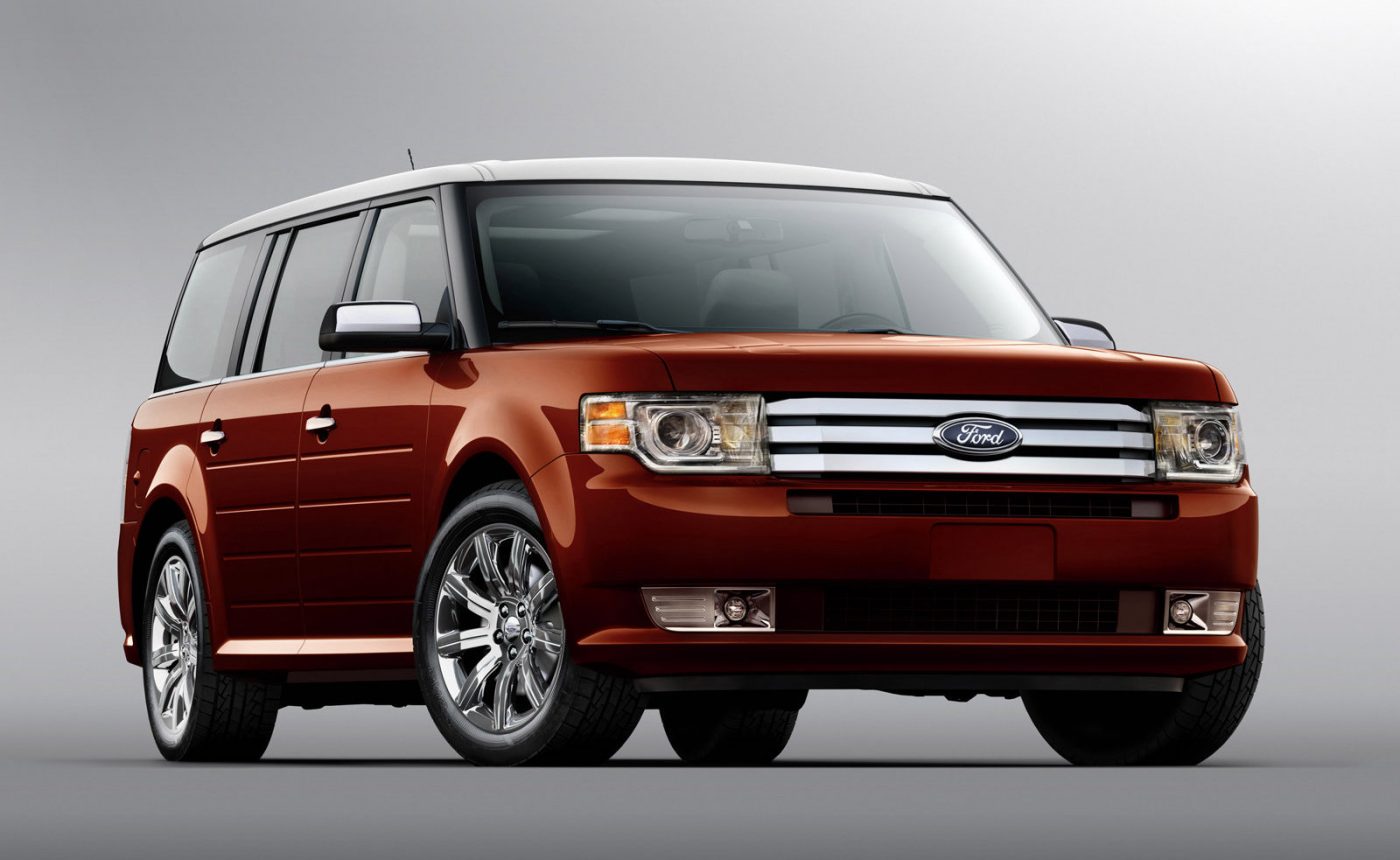
The Flex, still in production, has never quite hit the heady heights of the Pacifica, or even scored an early success like the R-class. Instead, sales of the squared-off family wagon peaked at just below 40,000 in 2009, although the sales trajectory since has been much more like that of an established model – a gradual decline, to just below 20,000 in 2015, despite that being the model’s seventh year on the market. Still, it is clear the Flex has not achieved the kind of success the brand was hoping for (original target was 100,000 units annually), especially when compared to the more-profitable Explorer, which sold almost 250,000 units in 2015.
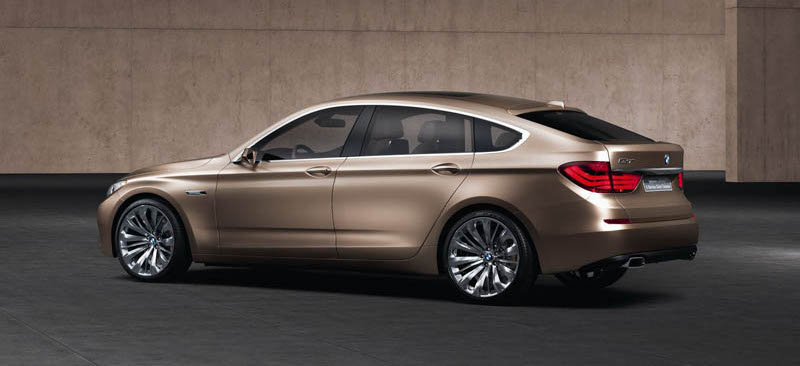
The BMW 5-series GT, while not a 7-seater like the other models on this list, is also interesting for its out-of-the-box thinking that did not really lead anywhere. Originally conceived as a “5-series plus” for those who wanted the additional space and higher seating position of the X5, but with more agility and less social stigma attached to it, the GT is an awkward-looking beast, but actually quite a good car. While exact figures are hard to come by, sources suggest that the GT accounted for about a tenth of the 5-series’ total global sales in 2010 when it came out, and could only attract a little under 3,000 customers in the US in the same year. And to rub salt on the wound, even BMW admitted that contrary to expectations, many of these sales came from buyers downgrading from the 7-series limo, clearly not what BMW intended.
What next?
The Pacifica and R-class had long been discontinued (the new Pacifica minivan is a different concept altogether), while the Flex is unlikely to see a successor. Only the 5-series GT seems to be getting a successor, though in my opinion it is probably the least worthy of the four. Not surprisingly given the lack of success of these models, no other manufacturers are currently trying to lure consumers away from their family crossover with new outside-the-box models in the US, though efforts are underway to make the minivan more appealing to consumers. I will pick up on that in Part II of this series.

